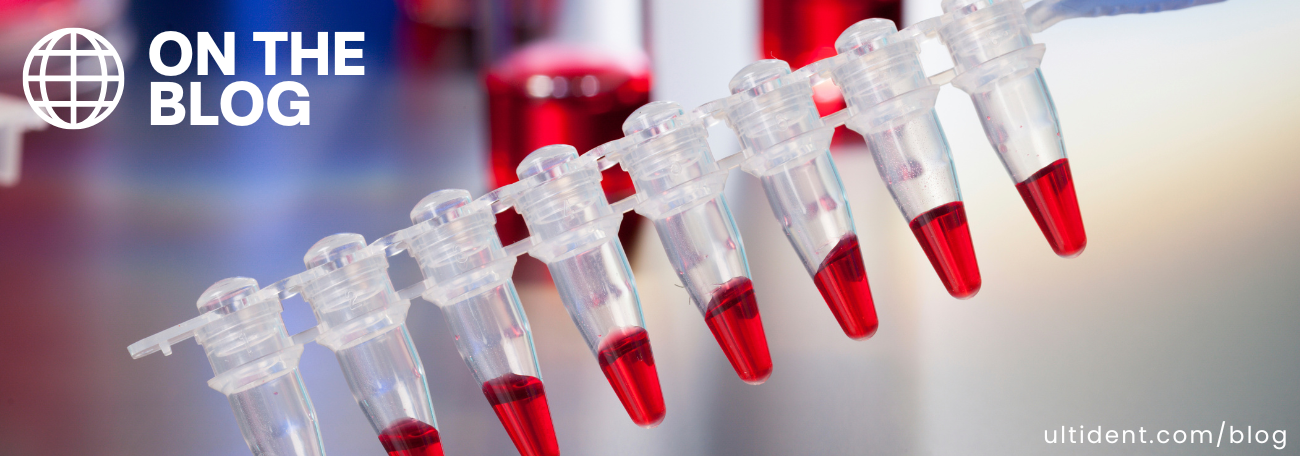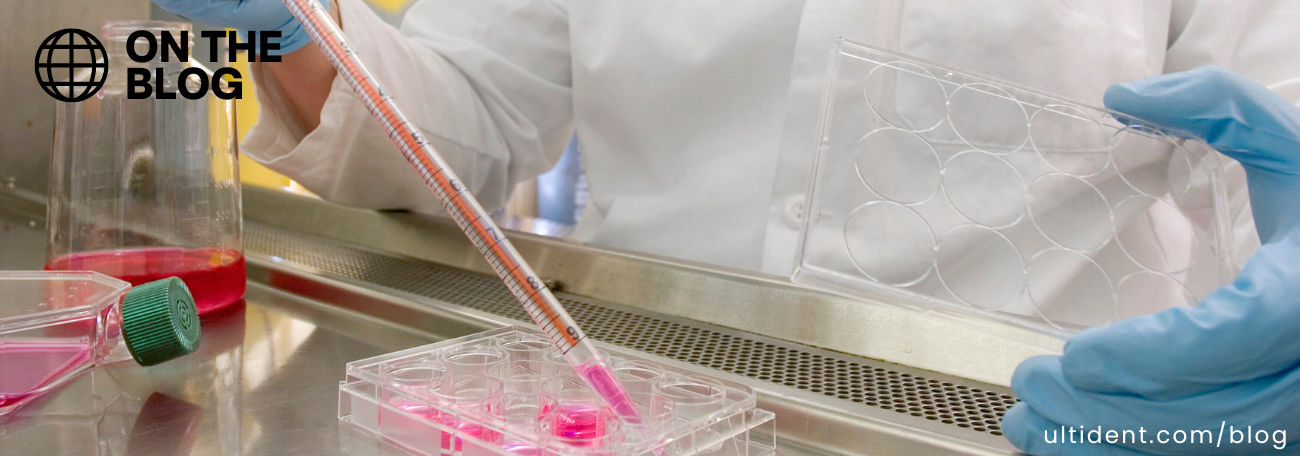Research Advances in Breast Cancer Treatment


Research Advances in Breast Cancer Treatment
Did you know October is breast cancer awareness month? This year we decided to take a look at the most advanced treatment methods for breast cancer, developed by researchers like yourself. These technological advances not only improve the precision and effectiveness of treatment, but improve the quality of life for patients and offer hope for a cure.
Before we dive into the latest research advances in breast cancer treatment, it’s important to remember that there is not one standard treatment plan for all who are battling breast cancer. There are multiple factors to considered, such as
- The stage of breast cancer a patient is diagnosed with
- The patient’s age (pre- or post-menopause)
- The status of hormone receptors and HER2 status (The HER2 protein promotes the growth of cancer cells)
- The patient’s overall health
After weighing all these factors, a doctor will be able to develop a tailored treatment plan best suited for the diagnosis.
Advances in Early Detection of Breast Cancer
A recent technological advance is the 3-D mammography, called breast tomosynthesis. Images are taken from multiple angles from inside the breast, which are then built into a 3-D like image. It is used to check for changes in the breast, including abnormal lumps, calcium deposits and cysts. This technology allows for earlier detection, as the 3-D mammography has the ability to spot breast tumours, irregular breast tissue (such as abnormally dense tissue), and other small changes more precisely. Small abnormalities that would be missed with the 2-D photos have the potential to be detected and treated before reaching a later stage with the 3-D mammography.
The United States’ National Cancer Institute (NCI) is currently funding a large randomised breast screening trial, where they will compare the number of advanced cancers detected in women screened with the 3-D mammography vs. the 2-D mammography over the course of five years. The results of this trial may make 3-D mammograms the new standard in breast cancer screening.
Not all Patients Need Chemotherapy
Generally speaking, patients usually undergo surgery, radiation, chemotherapy, hormone therapy and targeted therapy as part of their treatment plan. As scientists continue to study these treatment methods individually and in combination with one another, it seems as though some patients can safely avoid chemotherapy.
One global trial of 10,200 women (TAILORX) created a test that looked at gene expressions to predict which woman will actually benefit from chemotherapy, creating a methodology for personalised cancer treatment. Their findings show that even for late stages of breast cancer, sometimes hormone therapy alone, or in combination with radiation and/or surgery is sufficient. Since chemotherapy is extremely taxing on the body, it is an advancement that will prevent many patients from suffering more than necessary at an already fragile and painful time.
Genomic Analyses
The Cancer Genome Atlas (TCGA) has conducted studies which continue to reveal the molecular diversity of breast cancer, and its variations depending on the type and stage of breast cancer. These developments can;
- Lead to the discovery of new subtypes of breast cancer
- Speed up the development of treatments that target the change in genetics
- Prevent subtypes of breast cancer from developing
Regardless of age, health status, type or stage of breast cancer, it can be a scary and vulnerable time. The scientists making technological advancements through ongoing breast cancer research are offering a glimpse of hope to all those suffering from breast cancer, including those dealing with the types and stages that are the most difficult to treat. This breast cancer awareness month, we encourage all women to self examine regularly and to get a mammography. Two simple steps that can save a life.





